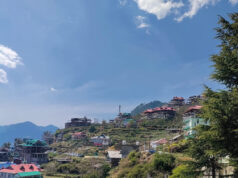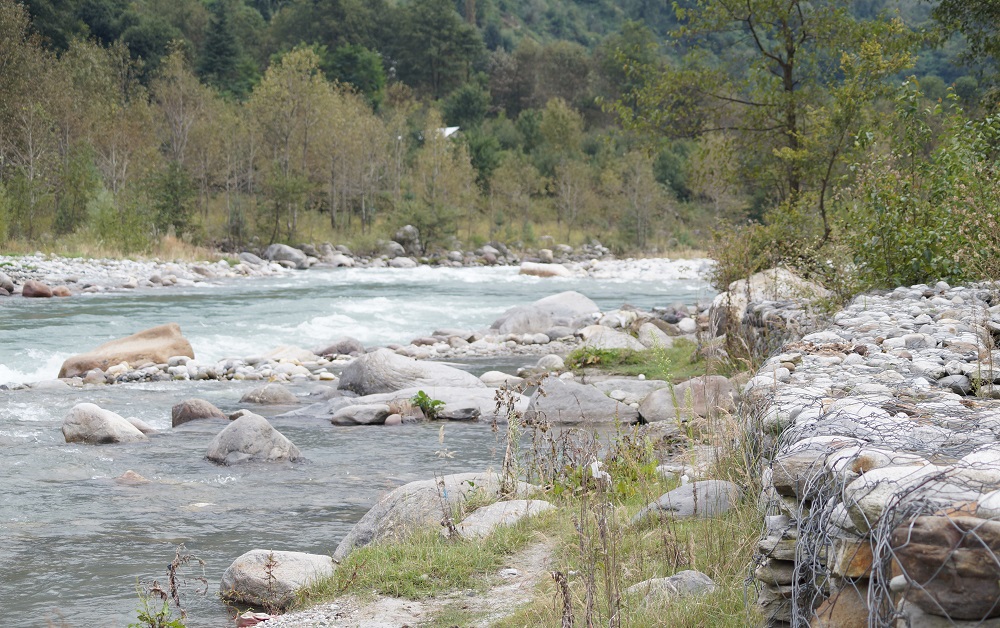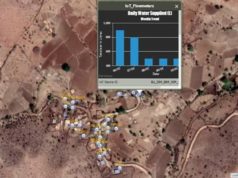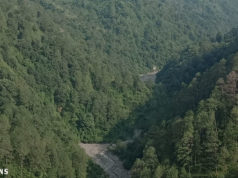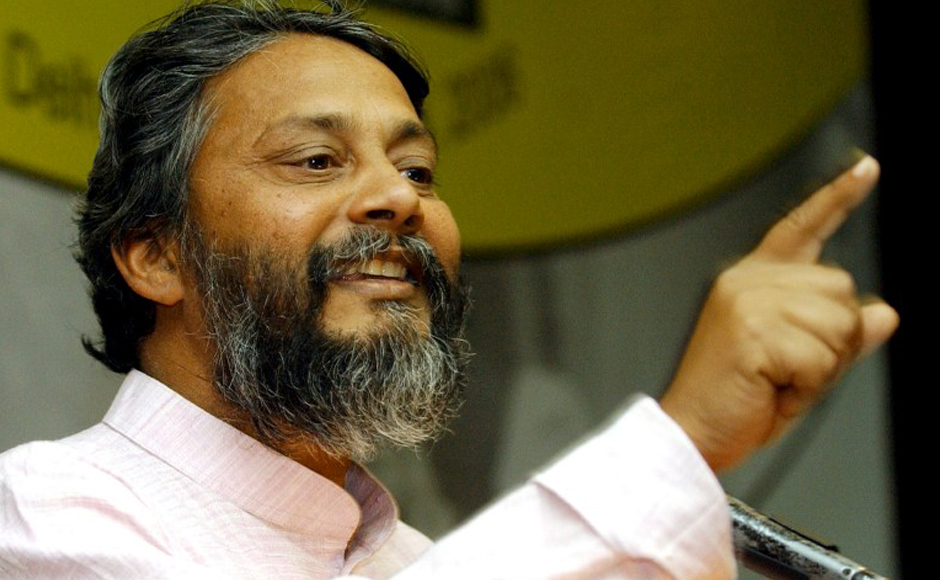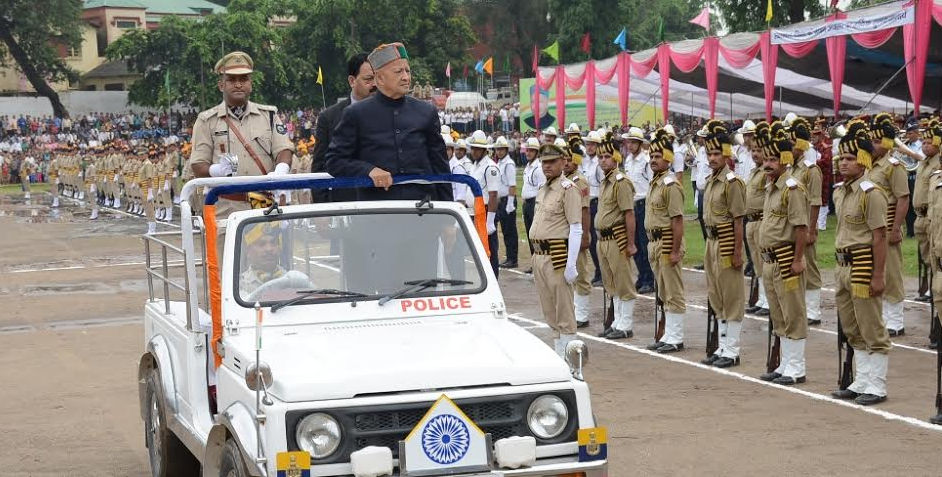Shimla and Solan Districts Hit Hard by Water Crisis Amid Intense Heat; Hope Hinges on Rain: Tankers Deployed as Levels Drop by 80%
Shimla – Himachal Pradesh is facing a severe water crisis as intense heat and lack of rainfall have brought water levels to a critical low in approximately 1,000 drinking water schemes across the state. The situation is particularly dire in Shimla and Solan districts, with Bilaspur district also experiencing significant shortages.
Residents in many regions are now receiving water only once every four to seven days, a dire situation exacerbated by the scorching summer heat. Out of the 10,067 drinking water projects managed by the Jal Shakti Department, water levels have decreased by 80 percent in 1,000 schemes. The tanks of these schemes are unable to fill, severely impacting water distribution.
The situation is most critical in areas like Shimla’s capital and Theog, as well as Kasauli and Dharampur in Solan district. In Theog, 84 out of 313 drinking water schemes have completely dried up, and only seven tankers are available to serve thousands of residents. Consequently, some areas are receiving tanker water only once a week.
Relief from the crisis is now contingent on substantial rainfall, which is expected to recharge the water sources and raise the levels in the schemes. Officials from the Jal Shakti Department have reported that water sources in these schemes have dried up by 80 to 90 percent, and only consistent and significant rainfall will help restore normalcy.
The water scarcity has been particularly pronounced in Shimla due to decreased water levels in the Giri and Gumma projects, which are vital for the city’s supply. The Gumma project’s capacity is 22 million liters per day (MLD), but current levels are down to 10-12 MLD. Similarly, the Giri project, with a capacity of 18 MLD, is only providing 8-10 MLD.
In the Kusumpti area, adjacent to Shimla, out of 463 drinking water schemes managed by the Jal Shakti Department, 45 have completely dried up. The government’s response includes increased reliance on water tankers to bridge the gap until rainfall can alleviate the scarcity.
In response to this escalating crisis, the state government has instructed the Jal Shakti Department to remain on high alert and submit weekly reports to the Chief Minister. To mitigate the immediate impact, the department has begun deploying water tankers to the most affected areas.
The ongoing crisis has put immense pressure on local resources and highlighted the urgent need for sustainable water management solutions. Until substantial rainfall occurs, the state government and Jal Shakti Department continue to focus on immediate relief measures to ensure residents have access to essential drinking water.
The current situation underscores the need for long-term strategies to manage water resources more effectively. The government and local bodies must work together to develop sustainable solutions that can withstand the challenges posed by climate change and growing water demand.


